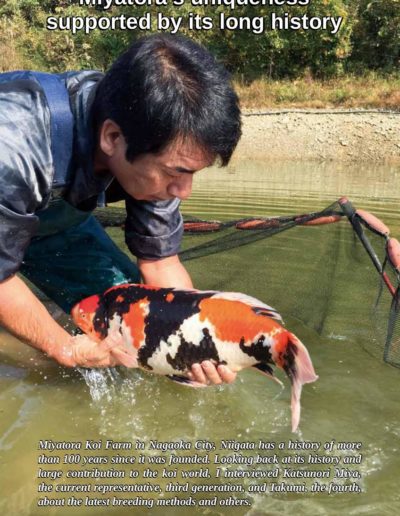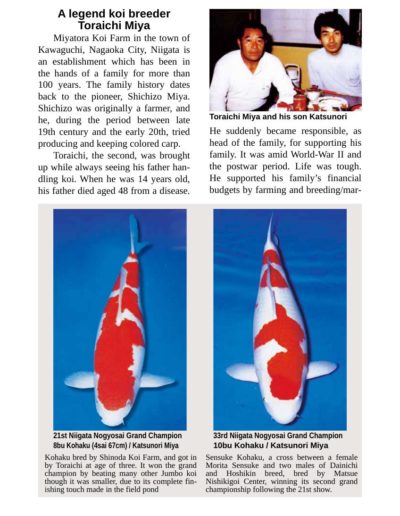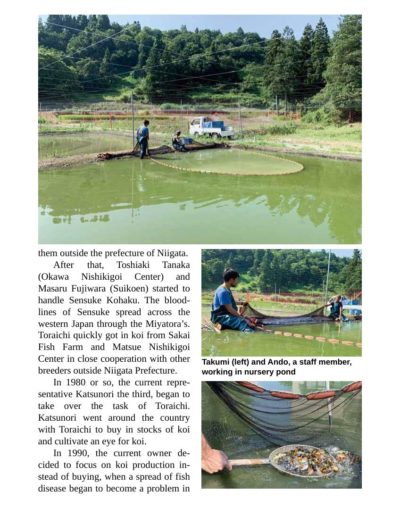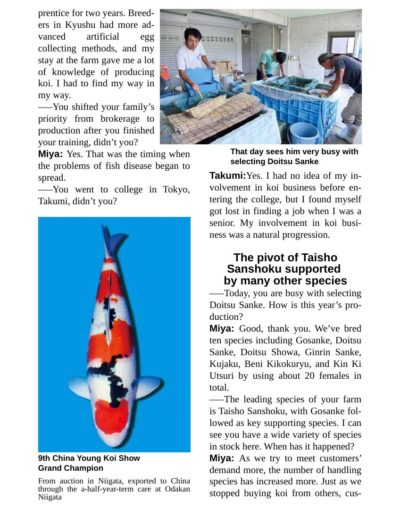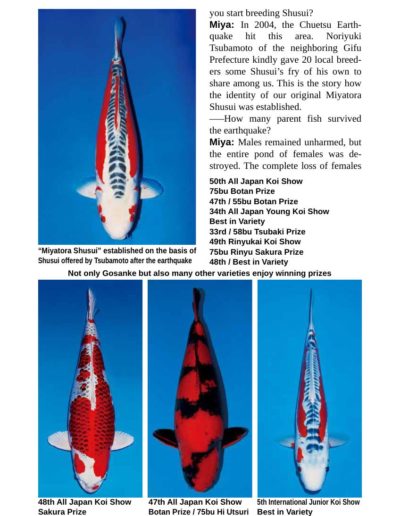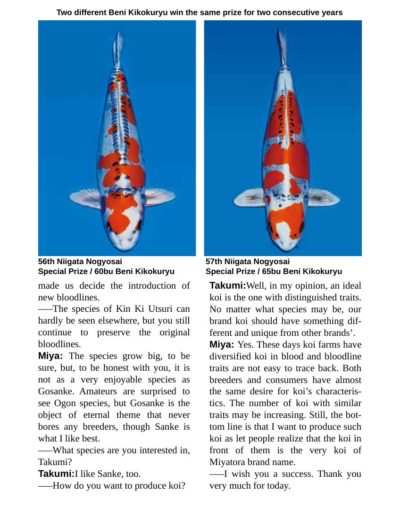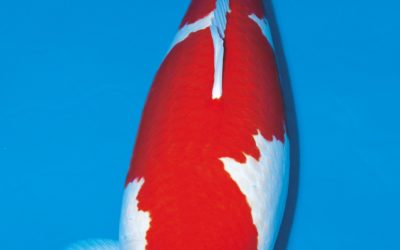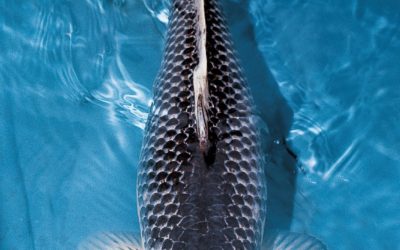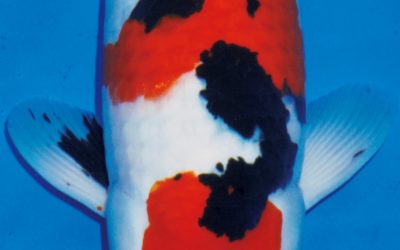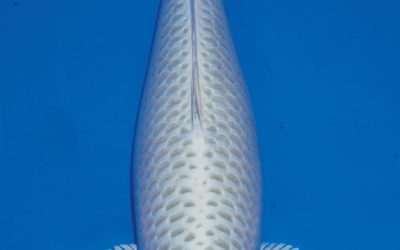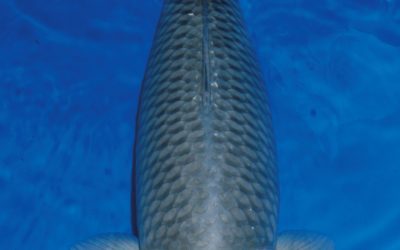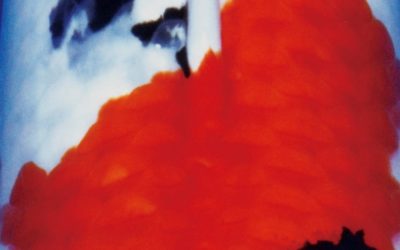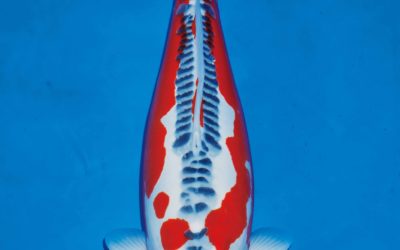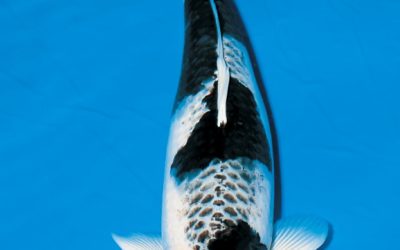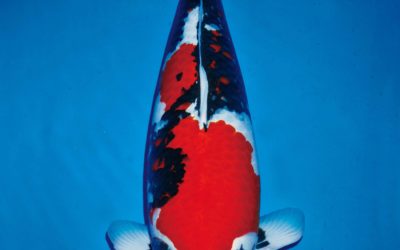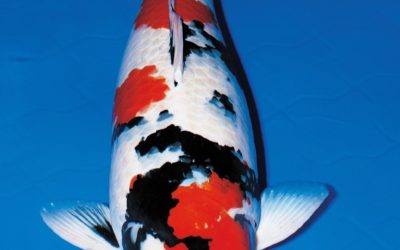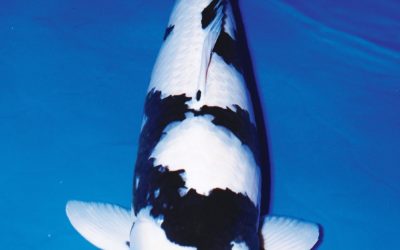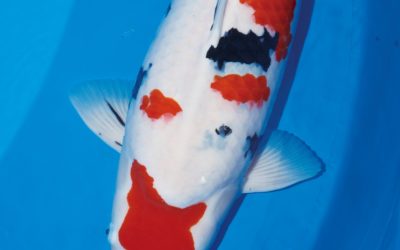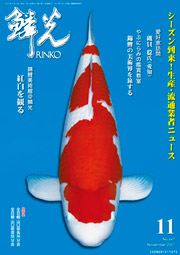Miyatora’s uniqueness supported by its long history
** This article is originally from the issue No. 736 (October 2019)
Miyatora Koi Farm in Nagaoka City, Niigata has a history of more than 100 years since it was founded. Looking back at its history and large contribution to the koi world, I interviewed Katsunori Miya, the current representative, third generation, and Takumi, the fourth, about the latest breeding methods and others.
A legend koi breeder Toraichi Miya
Miyatora Koi Farm in the town of Kawaguchi, Nagaoka City, Niigata is an establishment which has been in the hands of a family for more than 100 years. The family history dates back to the pioneer, Shichizo Miya. Shichizo was originally a farmer, and he, during the period between late 19th century and the early 20th, tried producing and keeping colored carp.
Toraichi, the second, was brought up while always seeing his father handling koi. When he was 14 years old, his father died aged 48 from a disease. He suddenly became responsible, as head of the family, for supporting his family. It was amid World-War II and the postwar period. Life was tough. He supported his family’s financial budgets by farming and breeding/marketing koi as a side job.
In 1965, however, circumstances drastically changed for the better. Japan’s economy gained momentum, and a koi boom came.
Talking of Toraichi’s life in a brief way here takes time, so let me introduce a few, but of big topics of his. His success in Ogon production is regarded as one of his turning points. He produced Ogon by using a male which contributed to the production of Kinkabuto at Hiranishi Koi Farm and a female Chagoi of his own, with its head and pectoral fins silvered.
Besides, he also contributed his efforts to sending “Sensuke Kohaku” out into the world. The Sensuke Kohaku is the foundation of the existing huge-sized Kohaku. Let me introduce a story. Toraichi, together with Shoichi Iitsuka (Matsue Nishikigoi Center) who regularly stayed at the Miyatora’s, bought some Kohaku from Sakutaro Tsuna and brought them outside the prefecture of Niigata.
After that, Toshiaki Tanaka (Okawa Nishikigoi Center) and Masaru Fujiwara (Suikoen) started to handle Sensuke Kohaku. The bloodlines of Sensuke spread across the western Japan through the Miyatora’s. Toraichi quickly got in koi from Sakai Fish Farm and Matsue Nishikigoi Center in close cooperation with other breeders outside Niigata Prefecture.
In 1980 or so, the current representative Katsunori the third, began to take over the task of Toraichi. Katsunori went around the country with Toraichi to buy in stocks of koi and cultivate an eye for koi.
In 1990, the current owner decided to focus on koi production instead of buying, when a spread of fish disease began to become a problem in every part of Japan. Today, with the help of his son Takumi, Katsunori is making further efforts to leave the tradition of “Miyatora” brand while increasing output and species.
Find his way to production only
— We have roughly looked back on the 100-year-old history of Miyatora Koi Farm. From here, I’d like to interview Katsunori and Takumi.
Your family started from a koi broker. As you took over the job, you didn’t follow in your father’s tracks.
Miya: My father took me everywhere with him to find and buy koi. I learned a lot from the trips. After graduating from high school, I worked for the Okawa Nishikigoi Center as an apprentice for two years. Breeders in Kyushu had more advanced artificial egg collecting methods, and my stay at the farm gave me a lot of knowledge of producing koi. I had to find my way in my way.
— You shifted your family’s priority from brokerage to production after you finished your training, didn’t you?
Miya: Yes. That was the timing when the problems of fish disease began to spread.
— You went to college in Tokyo, Takumi, didn’t you?
Takumi: Yes. I had no idea of my involvement in koi business before entering the college, but I found myself got lost in finding a job when I was a senior. My involvement in koi business was a natural progression.
The pivot of Taisho Sanshoku supported by many other species
— Today, you are busy with selecting Doitsu Sanke. How is this year’s production?
Miya: Good, thank you. We’ve bred ten species including Gosanke, Doitsu Sanke, Doitsu Showa, Ginrin Sanke, Kujaku, Beni Kikokuryu, and Kin Ki Utsuri by using about 20 females in total.
— The leading species of your farm is Taisho Sanshoku, with Gosanke followed as key supporting species. I can see you have a wide variety of species in stock here. When has it happened?
Miya: As we try to meet customers’ demand more, the number of handling species has increased more. Just as we stopped buying koi from others, customers might want to narrow down their business partners in fear of fish disease infection. I think that it was a natural trend.
— I see. Then, the scale of production should expand year after year.
Miya: I think so. Now we have three greenhouses here and five others at the place where our old house stood. Besides, we have 50 ponds for small koi and some 50 ponds for the ages of two and older. It is true that the number of ponds is increasing. We’ve actively accepted bloodlines from other farms outside the prefecture much earlier than our fellows inside Niigata. They as well as I don’t hesitate to introduce other koi’s bloodlines.
— You have a famous Shusui of Miyatora breed here, which is known as a regular prize winner. What made you start breeding Shusui?
Miya: In 2004, the Chuetsu Earthquake hit this area. Noriyuki Tsubamoto of the neighboring Gifu Prefecture kindly gave 20 local breeders some Shusui’s fry of his own to share among us. This is the story how the identity of our original Miyatora Shusui was established.
— How many parent fish survived the earthquake?
Miya: Males remained unharmed, but the entire pond of females was destroyed. The complete loss of females made us decide the introduction of new bloodlines.
— The species of Kin Ki Utsuri can hardly be seen elsewhere, but you still continue to preserve the original bloodlines.
Miya: The species grow big, to be sure, but, to be honest with you, it is not as a very enjoyable species as Gosanke. Amateurs are surprised to see Ogon species, but Gosanke is the object of eternal theme that never bores any breeders, though Sanke is what I like best.
— What species are you interested in, Takumi?
Takumi: I like Sanke, too.
— How do you want to produce koi?
Takumi: Well, in my opinion, an ideal koi is the one with distinguished traits. No matter what species may be, our brand koi should have something different and unique from other brands’.
Miya: Yes. These days koi farms have diversified koi in blood and bloodline traits are not easy to trace back. Both breeders and consumers have almost the same desire for koi’s characteristics. The number of koi with similar traits may be increasing. Still, the bottom line is that I want to produce such koi as let people realize that the koi in front of them is the very koi of Miyatora brand name.
— I wish you a success. Thank you very much for today.
Enjoy our collection of articles on Japanese koi news, updates, winners, educational articles, definitions and more!
Join as a free RINKO Member for increased access and subscribe as a paid member for full access to our content.
Taikei 体形
by RINKO Online | Dec 14, 2021
Body structure. Body shape. It is one of the most important factors of...
Suminagashi 墨流し
by RINKO Online | Dec 14, 2021
Black scaled Nishikigoi produced by mating Nishikigoi of Asagi Magoi line with...
Sumi 墨
by RINKO Online | Dec 14, 2021
Black patches
Sora Ogon 空黄金
by RINKO Online | Dec 14, 2021
Bluish gray Ogon
Soragoi 空鯉
by RINKO Online | Dec 14, 2021
Bluish gray-colored Nishikigoi. Sora means sky
Sokozumi(soko sumi) 底墨
by RINKO Online | Dec 14, 2021
Another name for ato sumi
Shusui 秋翠
by RINKO Online | Dec 14, 2021
Since Shusui was produced by crossing Doitsugoi and Asagi, it has the colors...
Shunrai 春雷
by RINKO Online | Dec 14, 2021
It literally means 'thunder in spring,' which is produced by mating Goshiki...
Showa Sanshoku 昭和三色
by RINKO Online | Dec 14, 2021
Showa Sanshoku has red and white markings on black skin. Its dynamic marking...
Shitsu 質
by RINKO Online | Dec 14, 2021
Quality. Quality and body structure are the most important factor for...
Shiro Utsuri 白写り
by RINKO Online | Dec 14, 2021
Black Nishikigoi with white patches
Shiroji 白地
by RINKO Online | Dec 14, 2021
White background
RINKO Koi Magazine is NOW available online!
Blog Categories
Reminder: You must login or register for website to vote in our polls.

